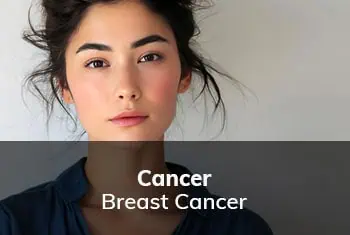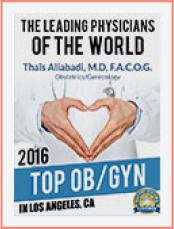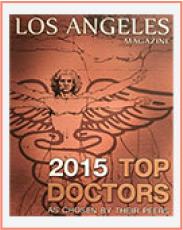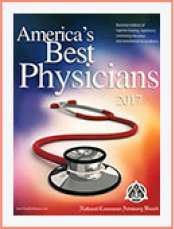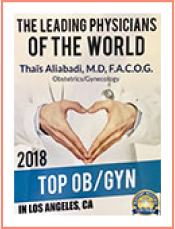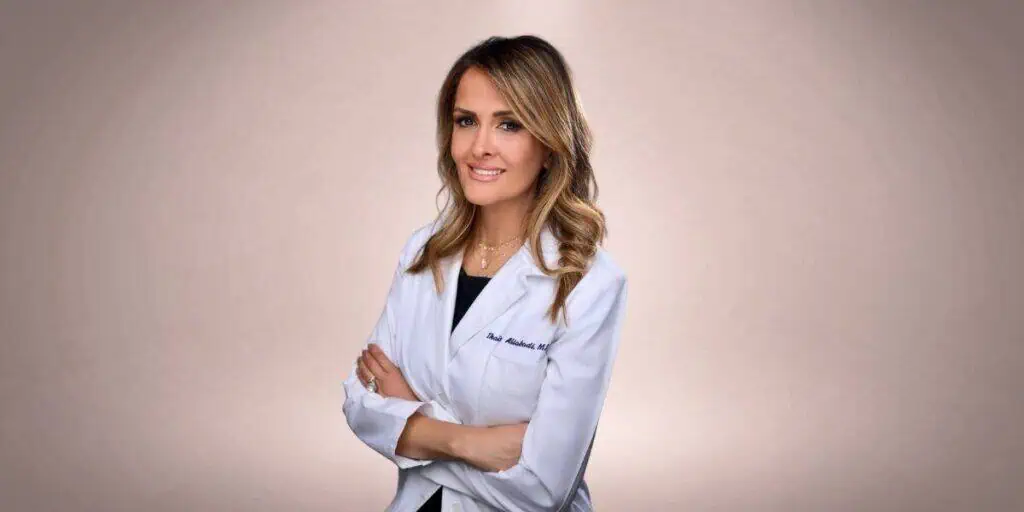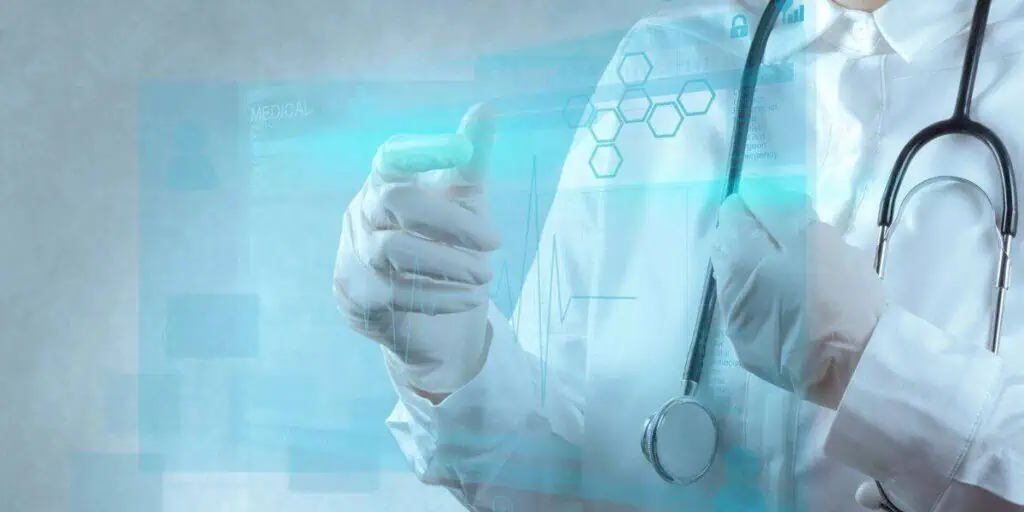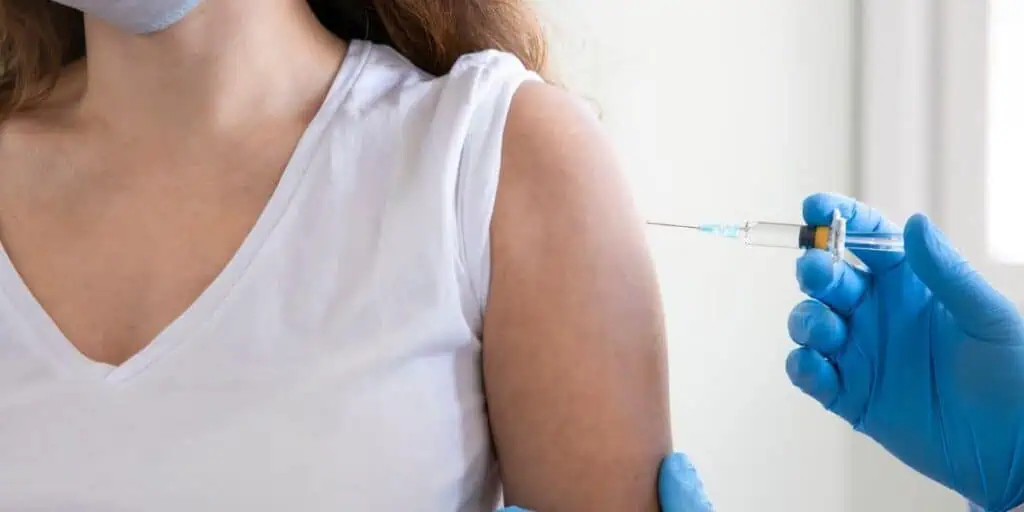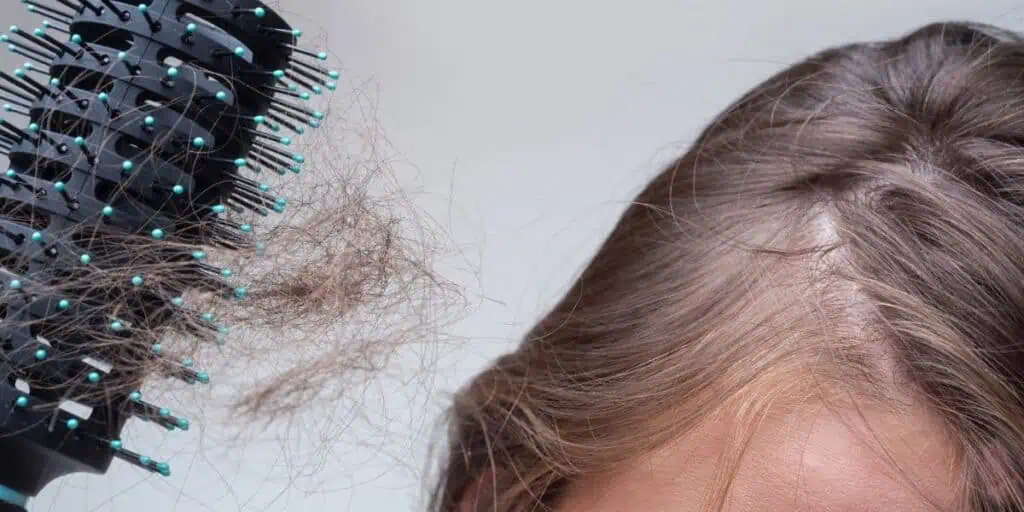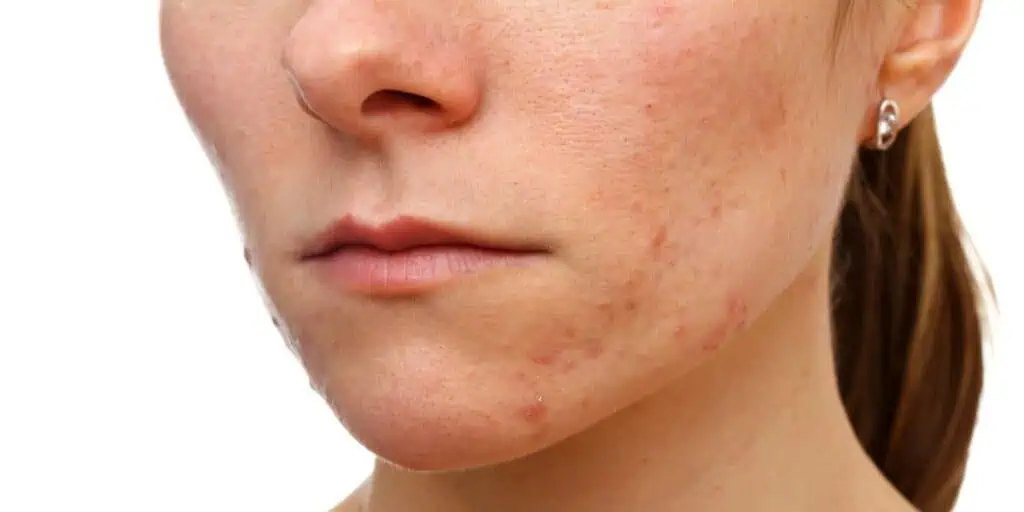Breast cancer is one of the most common cancers in women, following skin cancer. One in eight womeSymptoms of Breast Cancern in the United States will develop breast cancer in their lifetime.
It’s also the second leading cause of cancer death in women, after lung cancer. However, in recent years, the survival rate has increased due to greater awareness, breast cancer research, and breast cancer screening, as well as better breast cancer treatments.
What is breast cancer?
Breast cancer is a disease that occurs when breast tissue cells mutate and keep reproducing. When these abnormal cancer cells cluster together, they form a tumor. If the abnormal tumor cells continue to grow and begin to invade other parts of the breast, the tumor is deemed malignant. Malignant cancer can also spread to different areas of the body or travel (metastasize) through the lymph nodes or bloodstream.
What causes breast cancer?
Like most cancers, breast cancer is a very complex disease. The exact cause of many cases of breast cancer may be unknown. However, the condition seems to have genetic and hormonal risk factors.
Genetics
Breast cancer has a strong hereditary component. Having a close blood relative with breast cancer increases your risk of developing the disease.
A woman’s risk of breast cancer is almost double if she has a mom, sister, or daughter with breast cancer, and about triple if she has two or more first-degree family members with breast or ovarian cancer.
Doctors generally look for two BRCA genes when performing breast cancer genetic testing: BRCA1 and BRCA2. The BRCA1 and BRCA2 genes normally suppress tumor growth, but mutations or changes in these genes can cause cells to grow unchecked, potentially leading to cancer.
Hormones
Research has established a strong link between a woman’s exposure to estrogen and progesterone and her risk for breast cancer and other breast conditions. Namely, the more estrogen a woman has been exposed to in her life, the more likely she is to develop breast cancer.
Estrogen is a hormone that is naturally produced in the body. Your exposure to estrogen depends on some conditions you can control and others you can’t.
You may have a higher risk of breast cancer if you:
- Had your first child after the age of 30.
- Began menstruating earlier than age 12.
- Stopped menstruating after the age of 55.
- Have an abnormally short or long menstrual cycle.
- Have a personal history of breast cancer.
It does not appear that hormonal oral contraceptives significantly increase the risk of breast cancer. However, hormone replacement therapy (HRT), usually taken as a treatment for symptoms of menopause, might increase the risk when taken for longer than five years.
Other factors
Age is a well-known risk factor. Women over 50 years old are more likely to develop breast cancer than younger women. Not maintaining a healthy weight, being physically inactive, and drinking alcohol regularly are also potential breast cancer risk factors.
While ethnicity may not directly affect breast cancer risk, there is some association. Risk factors can vary by race and ethnicity; for example, white women tend to be more likely to have children at a later age than Hispanic or Black women, potentially increasing their risk of breast cancer.
Symptoms of Breast Cancer
When it comes to cancer, the earlier it’s caught, the better! Although many individuals experience no signs of breast cancer in the earliest stages, you can sometimes see the warning signs of a developing tumor. This is why it is important to perform a monthly breast self-exam and to attend your annual well-woman appointments.
Some warning signs of breast cancer include:
- A lump in the breast or armpit that lasts throughout your menstrual cycle
- A lump or a mass that is at least the size of a pea
- Pain or tenderness in the breast
- A change in the size or shape of the breast
- A change in the texture or appearance of the breast skin or the nipple (becomes puckered, flattened, dimpled, scaly, red, marbled, or swollen)
- Itching or burning nipples or ulceration of the nipples
- Bloody or clear discharge from the nipple
- A change in the look or feel of one isolated region of the breast
If you notice one or more of these symptoms, make an appointment with us for a breast cancer screening. The sooner we can make a diagnosis, the better the chances for successful breast cancer treatment. But remember, many individuals have few to no signs during the early stages, making screening and early detection procedures imperative.
Early detection and diagnosis are key
Breast cancer screening and early detection remain the primary defense in the treatment of breast cancer. Screenings are tests used to find cancer before symptoms appear, intending to detect it before it becomes aggressive and spreads.
Using a breast cancer risk assessment to determine your lifetime risk of breast cancer can help our doctor decide when you need to start getting mammograms, as well as if you need more advanced screening such as ultrasounds or MRIs.
Since men have less breast tissue and less breast cancer, screening them for the disease is not routine. If there is a strong family history of breast cancer or a known breast cancer gene mutation in the family, he may consider having genetic testing to see if he is at risk for male breast cancer.
Breast self-exam
The latest recommendation of the American Cancer Society suggests that starting at age 20, women should begin a routine of breast self-examination (BSE). Even though breast cancer is unlikely at a young age, familiarizing yourself with the look and feel of your breasts can help you detect changes later in life.
Usually, it’s recommended to perform a BSE about four days after the last day of your period. With the help of a mirror, check for changes in the shape, color, or contour of your breasts and nipples, and look for any asymmetries. Then, feel for breast lumps or bumps near the surface and deeper into the tissue of your breasts and underarms.
Mammograms
Mammograms are considered the most effective cancer screening method since they are the only test proven to reduce breast cancer deaths.
The American Cancer Society recommends that women of average risk between 40 and 54 have yearly mammograms. If you’re at a high risk for breast cancer, Dr. Aliabadi may recommend you begin screenings earlier.
Breasts are made up of dense breast tissue and fatty tissue. Dense tissue can make detecting abnormal cells or tumors on a mammogram difficult. If you have very dense breasts, you may be advised to get a 3D mammogram, ultrasound, or MRI instead.
Biopsy
There are many potential causes of lumps in the breast. If we find a mass during a breast cancer screening, Dr. Aliabadi will schedule an appointment to take a small sample of the mass to send off to a lab. This biopsy checks for breast cancer cells to determine if the lump is cancerous or benign.
What are the types of breast cancer?
If we find breast cancer, knowing the type and if it has spread will help in developing your treatment plan.

Most breast cancers are carcinomas, or cancers that start in cells lining the organs or tissues. Some, like lobular carcinoma, begin in the milk-producing glands, and others, like ductal carcinoma, start in the lining of the milk ducts.
If you have invasive breast cancer — cancer that has spread beyond the breast — you will generally need more invasive treatment as well.
What are the treatment options for breast cancer?
Treatment regimens for breast cancer are highly individualized based on your personal and medical history, the type of cancer, the stage your cancer has reached, and your family planning needs. If we find cancer, Dr. Aliabadi will refer you to a gynecologic oncologist who will manage your breast cancer treatment. Treatment may include any combination of surgery, chemotherapy, radiation therapy, and hormone therapy.
When caught early, breast cancer can generally be treated with less aggressive treatment options.
Have questions about your health? Talk to Dr. Aliabadi
Hidden H3
Dr. Aliabadi and her compassionate team are experts in women’s health care. As a breast cancer survivor herself, Dr. Aliabadi understands how a diagnosis can turn your life upside down. When treated by Dr. Aliabadi, you’re guaranteed to feel safe, heard, and well cared for.
We invite you to establish care with Dr. Aliabadi. Please make an appointment online or call us at (844) 863-6700.
The practice of Dr. Thais Aliabadi and the Outpatient Hysterectomy Center is conveniently located for patients throughout Southern California and the Los Angeles area. We are near Beverly Hills, West Hollywood, Santa Monica, West Los Angeles, Culver City, Hollywood, Venice, Marina del Rey, Malibu, Manhattan Beach, and Downtown Los Angeles.
Cancerous tissue in the breast generally feels different from normal tissue. It may feel hard, like a rock, or softer and rubbery, like a grape. Lumps can have irregular edges and change shape or location. Sometimes, a lump may not feel like a lump at all but more like a shelf under the surface of the skin.
There is a correlation between breast cancer and contraceptive pills, patches, injections, or IUDs. Research has found that hormonal contraceptives may have a slightly increased risk of breast cancer, according to the American College of Obstetricians and Gynecologists, but the overall risk is low.
Yes, breastfeeding has been found to decrease the risk of breast cancer. For every 12 months of breastfeeding, a woman’s risk fell by 4.3%, concludes the National Institute of Health.
There is no confirmed way to prevent breast cancer, but certain lifestyle changes may be able to reduce your risk. Maintaining a healthy weight, keeping active, and reducing or avoiding alcohol can all potentially lower breast cancer risk.
Sources
Breast cancer: Breast cancer information & overview. Breast Cancer Information & Overview | American Cancer Society.
https://www.cancer.org/cancer/types/breast-cancer.html
Breast cancer prevention (PDQ) – Patient version. National Cancer Institute.
https://www.cancer.gov/types/breast/patient/breast-prevention-pdq.
